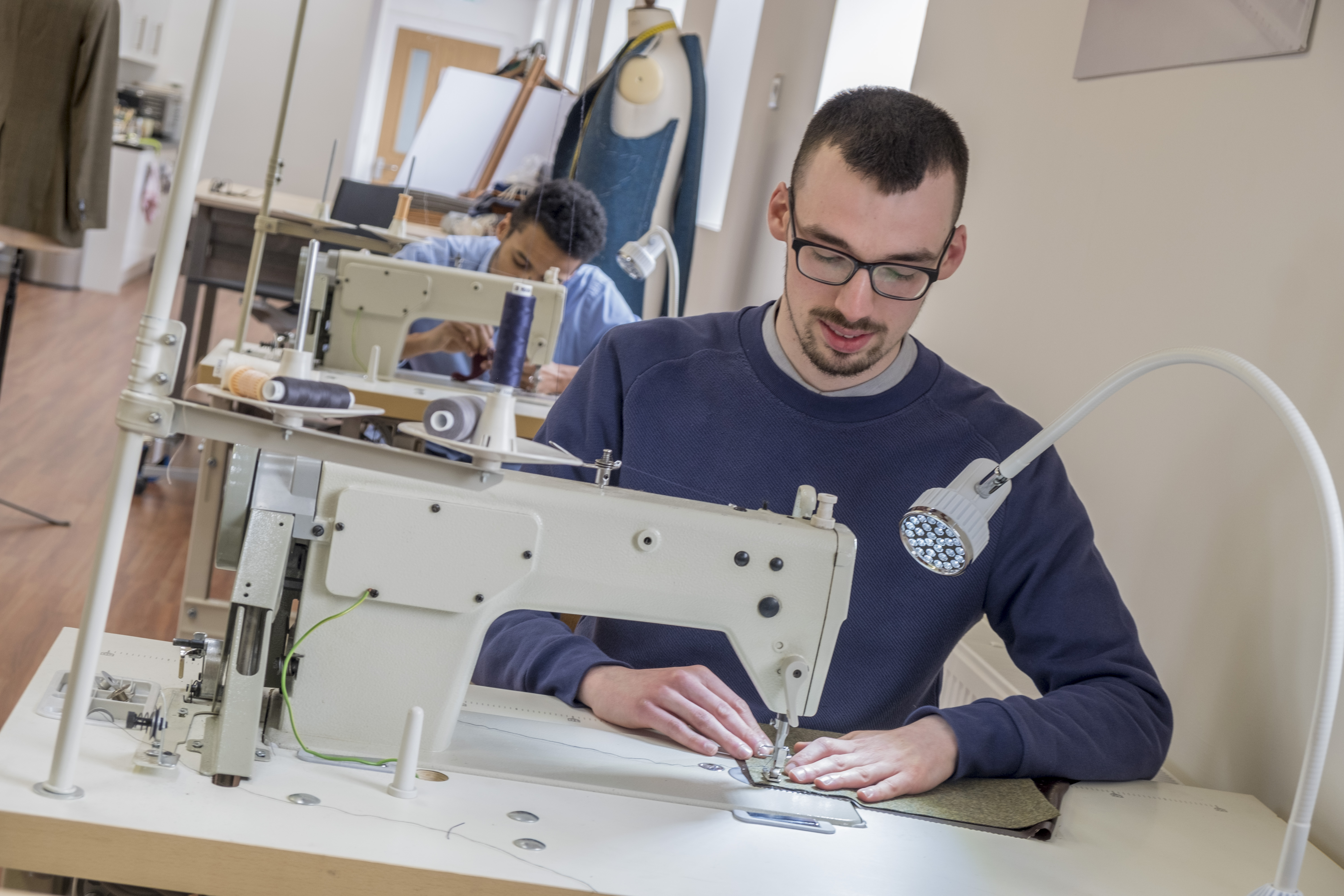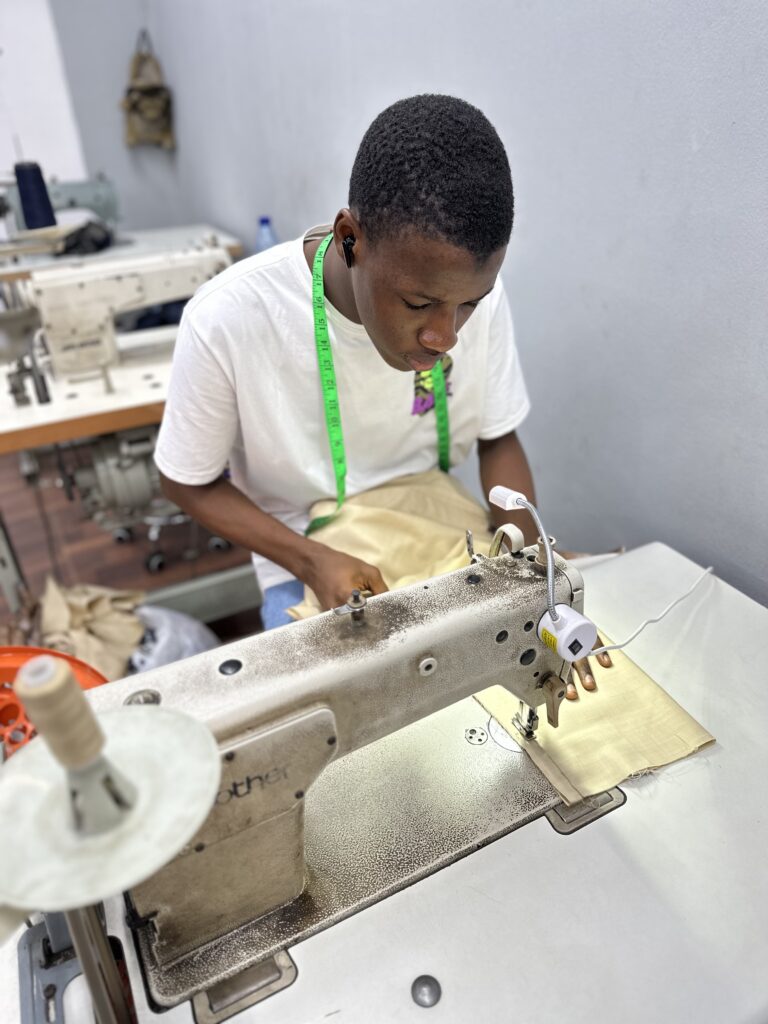Leading Tailor Perth Services: Tailoring Solutions for Perfect Fits
Comprehending the Tailoring Process: From Fabric Selection to Last Suitable for the Suitable Wardrobe
The customizing procedure is an intricate interaction of art and scientific research, beginning with the crucial decision of textile choice and culminating in the precise changes of final installations. Each material kind brings distinct qualities that affect not only the aesthetic allure however likewise the garment's longevity and viability for various celebrations.
Value of Fabric Choice
Picking the right material is essential in the customizing process, as it directly affects the convenience, resilience, and total aesthetic of the final garment (tailor perth). The choice of fabric sets the structure for the garment's performance, performance, and design. Various fabrics possess distinct residential or commercial properties, such as weight, stretch, and breathability, which can considerably impact exactly how the garment drapes and fits the body
Additionally, material selection impacts the garment's durability and ease of care. Top quality fabrics can hold up against wear and tear, maintaining their look and framework with time, while lower-quality products might cause pilling or fading. Furthermore, the best fabric adds to the garment's ability to shift throughout events and periods, thus enhancing versatility.
A tailored item made from a proper textile not just showcases workmanship but also boosts the wearer's confidence. Comprehending the nuances of textile choice is vital for any type of tailoring venture. It guarantees that the end product not only meets the visual desires of the customer but additionally straightens with practical requirements, consequently achieving an unified equilibrium in between type and feature in the tailored wardrobe.
Kinds of Fabrics and Their Usages
Understanding the various kinds of fabrics readily available is important for making educated decisions throughout the customizing procedure. Each textile has unique features that dictate its viability for details garments and occasions.
Cotton, recognized for its breathability and softness, is excellent for sportswear and summer season garments. Its flexibility permits it to be tailored into every little thing from shirts to outfits. Wool, on the other hand, is preferred for its heat and structure, making it an outstanding choice for formal matches and outerwear - tailor perth. Its all-natural elasticity helps garments preserve form in time.
Silk shows luxury and is lightweight, making it best for eveningwear and fragile shirts; nonetheless, it needs cautious handling because of its delicacy. Bed linen, with its distinctive coating, is a popular option for warm climates, offering a crisp and ventilated feeling, yet it wrinkles conveniently, which might influence the garment's look.
Synthetic fabrics, such as polyester and nylon, offer sturdiness and resistance to creases, making them appropriate for daily wear and energetic apparel. Recognizing these textile kinds and their residential or commercial properties enables far better decision-making, ensuring that each customized item not just fits well however also lines up with the designated function and occasion.
The Tailoring Techniques Explained
The art of customizing relies upon a variety of strategies that change material into well-fitted garments. Central to this procedure is pattern preparing, where a tailor develops design templates based on the client's dimensions and preferred style. This initial action makes certain that the garment will fit the wearer properly before any reducing takes place.
Once patterns are established, reducing strategies come right into play. Accuracy is critical as errors can lead to misfitting garments. Tailors frequently utilize different reducing methods, such as single-layer cutting for complex styles and multiple-layer reducing for effectiveness on standard patterns.
Basting is another vital strategy, enabling tailors to momentarily sew material pieces with each other for a preliminary installation. This approach offers the opportunity to assess the drape and total shape before final sewing.
Seaming strategies, including flat-felled seams and French joints, enhance the garment's resilience and visual appeal. Tailors likewise employ strategies such as interfacing and extra padding to give framework and form to specific areas, like shoulders and collars.
Last but not least, ending up techniques, including hemming and side completing, make certain the garment's longevity while supplying a refined appearance. Together, these methods form the foundation of efficient customizing, causing charming, custom-fit garments.
Suitable Changes and Factors To Consider

Secret factors to consider consist of the shoulder fit, which should neither droop neither limit motion, and the sleeve length, which must permit comfy arm movement while keeping a polished appearance. Additionally, adjustments at the waistline can fine-tune the silhouette, with options to allow out or take in fabric as needed.
The rise of pants is an additional essential factor; it needs to rest pleasantly above the hips without creating pain, permitting convenience of motion. Hemming sizes for both trousers and skirts ought to show the user's favored style while appreciating proportions.

Keeping Your Tailored Clothing
Always adhere to the treatment tag instructions, which might advise dry cleaning for delicate fabrics or maker washing for more resilient materials. Prevent frequent laundering, as this can wear down the material and alter the garment's form.
Storage is similarly crucial; use cushioned wall mounts for jackets and coats to keep shoulder structure, and store pants folded up nicely or hung to stop creasing. Shield garments from direct sunlight, which can fade colors and damage fibers.
Furthermore, routine evaluations for small fixings can protect against bigger problems. Look for loosened switches, fraying seams, or signs of moth damage, resolving these problems immediately to preserve the garment's honesty.
Last but not least, consider seasonal rotation. Using tailored items in moderation permits fabrics to recover, extending their lifespan. By applying these maintenance techniques, you can guarantee that your customized garments remain as beautiful as the day you initially wore them, boosting your suitable wardrobe for years to find.
Final Thought
The tailoring procedure, incorporating fabric option, skilled techniques, and visit homepage accurate fitting adjustments, plays a vital duty in creating garments that enhance both comfort and style. Each phase contributes to the general performance of the last product, making sure that apparel not only fits well however also mirrors private identification. In addition, understanding the importance of maintenance click here to read extends the life of customized garments, solidifying their worth in a well-curated closet. A comprehensive technique to tailoring culminates in a polished and positive look.
Selecting the best fabric is critical in the tailoring process, as it directly influences the comfort, sturdiness, and overall aesthetic of the last garment. The option of material sets the foundation for the garment's performance, efficiency, and style. Different fabrics possess one-of-a-kind residential properties, such as breathability, stretch, and weight, which can considerably impact how the garment drapes and fits the body.
The art of tailoring depends on a selection of strategies that transform textile right into well-fitted garments.The customizing procedure, including fabric option, experienced strategies, and exact suitable changes, plays an essential role in developing garments that improve both convenience and style.